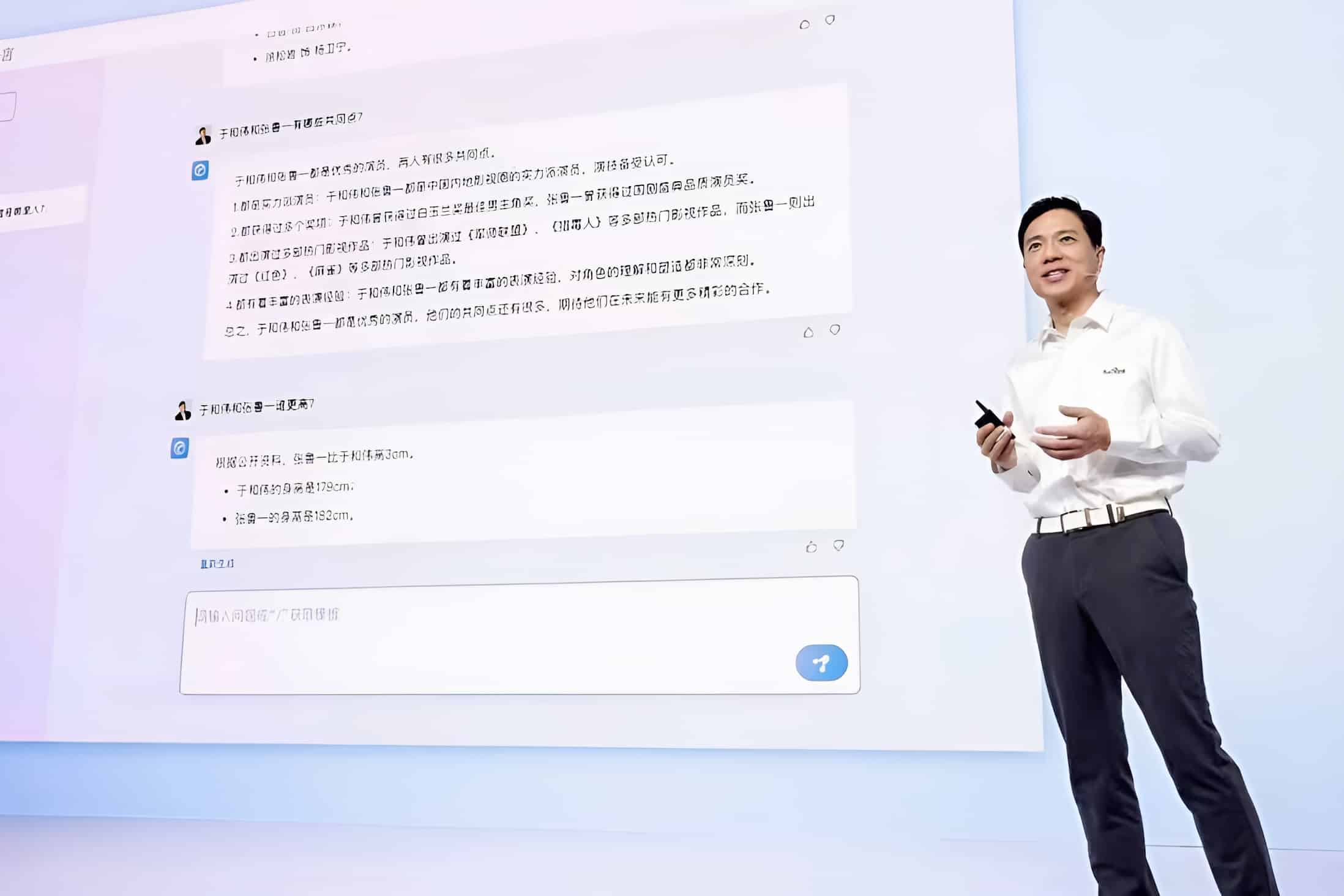
On Thursday, tech giant Baidu unveiled its new large language model Wén xīn yī yán, or Ernie Bot in English, which can solve math questions, write marketing copy and generate multimedia responses. It was met with high demand but only available to select creators at this time. The release of Ernie comes in response to the unexpected launch of OpenAI’s GPT-4 earlier this week.
Robin Li, Baidu’s cofounder and CEO, took the stage in Beijing to showcase the company’s new large language model. MIT Technology Review reported on this. Accompanied by art created by Baidu’s image-making AI, he showed examples of what the chatbot can do, including solve math questions, write marketing copy, answer questions about Chinese literature, and generate multimedia responses.
The highlight of the product release was Ernie Bot’s multimodal output feature, which ChatGPT and GPT-4 do not offer (OpenAI has bragged about GPT-4’s ability to analyze a photo of the contents of a refrigerator and come up with recipe suggestions, but the model generates only text). Li showed a recorded interaction with the bot where it generated an illustration of a futuristic city transportation system, used Chinese dialect to read out a text answer, and edited and subtitled a video based on the same text. However, in later testing after the launch, a Chinese publication failed to reproduce the video generation.
The Race to be First
While a few ChatGPT-style bots have already been released by Chinese companies or researchers, none of them has shown satisfying results. MOSS, an English-language chatbot developed by Fudan University researchers in Shanghai, was met with such high demand that its server broke down within a day of launch in late February. It has yet to return. MiniMax, a Chinese startup, released a chatbot called Inspo earlier this month, but it has been suspected of merely repackaging the GPT-3.5 model developed by OpenAI.
Many people expected that Baidu would be the first Chinese company to go head to head with ChatGPT. Back in 2019, Baidu released a GPT-3 equivalent—Ernie 3.0. It also released a decently powerful text-to-image model called Ernie-ViLG last year.
The company has a few advantages that enable it to stand out among its Chinese peers. It has designed its own AI computing chip, Kunlun, that was used in training and operating the Ernie models and could shield the company from the ever-growing US-China tension around semiconductors. Also, having made a search engine, an online encyclopedia, a discussion forum, and a media publishing platform since 2000, Baidu can access Chinese user data more easily than any other local companies.
Ernie Bot’s Performance
As expected, Ernie Bot performs particularly well on tasks specific to Chinese culture, like explaining a historical fact or writing a traditional poem.
However, compared with the rollouts of ChatGPT and GPT-4, Ernie Bot’s release felt rushed. The presentation did not feature any live demo but instead used five pre-recorded sessions. Li also repeatedly said that Ernie is still imperfect and will improve once it reaches more users.
Li seemed prepared for such a response. “People have been asking me for a while: Why are you releasing Wén xīn yī yán so soon? Are you ready for it?” he said during his presentation. “From what I personally saw when conducting internal tests on Ernie Bot, it’s not perfect. But why do we want to release it today? Because the market demands it.”
The Chinese public has been hungry for an alternative to ChatGPT; both OpenAI and the Chinese government have barred individuals in China from using the American chatbot.
However, at this time Ernie Bot has only been made available to an extremely select pool of Chinese creators. Companies can apply for API access but it’s unclear when the technology will be available for consumers or when it will be integrated into other products such as Baidu’s search engine or self driving cars.

